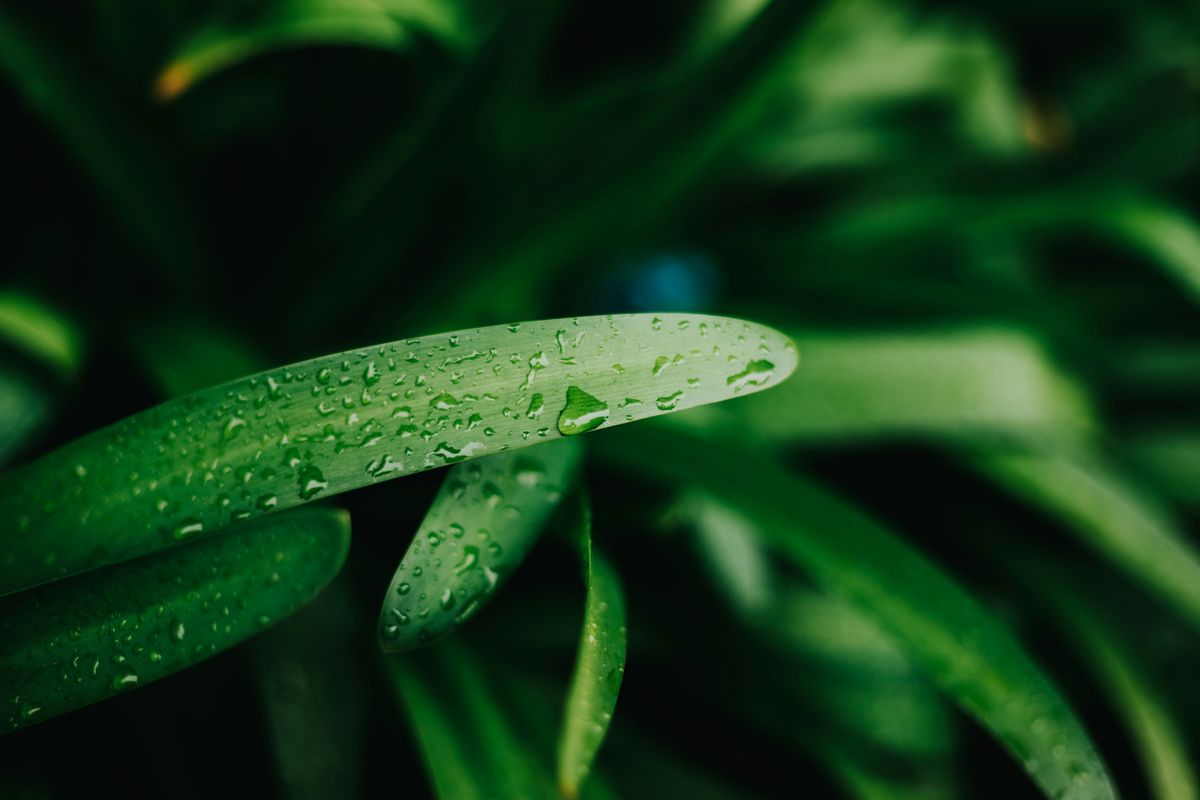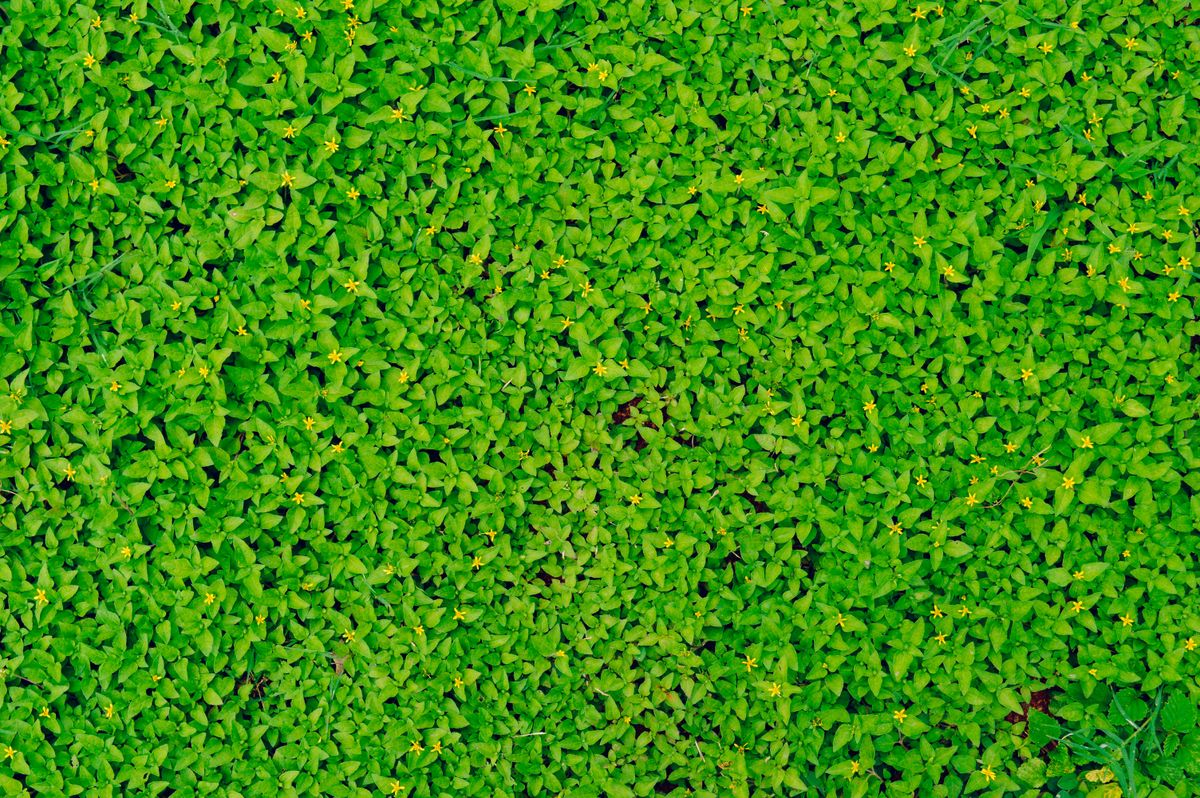Jamaican Caper plants bring a unique and vibrant beauty to any garden or outdoor space. Their colorful foliage, easy maintenance, and versatility in landscaping make them a must-have for plant enthusiasts. In this article, we will explore the beauty of Jamaican Caper plants and how you can incorporate them into your landscaping projects.
Key Takeaways
- Jamaican Caper plants add vibrant colors to your garden.
- Easy maintenance tips make caring for Jamaican Caper plants a breeze.
- Get creative with using Jamaican Caper plants in various landscaping designs.
- Choose the right location to ensure the optimal growth of Jamaican Caper plants.
- Enhance your outdoor space by combining Jamaican Caper plants with other flora.
Why Jamaican Caper Plants Are a Must-Have in Your Garden

The Vibrant Colors of Jamaican Caper Plants
Step into a world of color with the Jamaican Caper plant. This stunning shrub is a kaleidoscope of hues, from the glossy green of its rounded leaves to the delicate white and pinkish-white of its flowers. As the seasons change, so does the Jamaican Caper, offering a dynamic display that keeps your garden looking fresh.
But it’s not just about the flowers. The Jamaican Caper’s berries add another layer of visual interest. Starting as a pale green, they mature into a deep purple that’s almost black, providing a striking contrast against the foliage. Here’s a quick rundown of the color transformation:
- Spring: White to pinkish-white flowers bloom
- Summer: Berries begin as pale green
- Fall: Berries turn to deep purple
- Winter: Foliage remains a vibrant green
With such a variety of colors, the Jamaican Caper plant is a must-have for anyone looking to add a touch of the tropics to their landscape. And the best part? They’re as easy to care for as they are beautiful.
Easy Maintenance Tips for Jamaican Caper Plants
One of the best things about the Jamaican Caper plant is its low maintenance nature, making it a perfect pick for both gardening newbies and seasoned green thumbs. These hardy shrubs can thrive with minimal fuss, but a few simple tips will ensure they remain healthy and vibrant.
- Watering: Jamaican Capers are drought-tolerant once established, but they’ll need regular watering during their first growing season. Aim for a deep soak rather than frequent sprinkles.
- Pruning: To maintain shape and encourage bushier growth, prune lightly after the flowering season. Don’t be afraid to cut back any wayward branches!
- Fertilizing: A light application of a balanced fertilizer in the spring can give your plants a boost, but overfeeding is unnecessary.
Remember, the Jamaican Caper is a resilient plant that doesn’t demand much. With these straightforward care tips, you’ll be able to sit back and discover the allure of your garden’s new addition. And if you’re ever in need of more gardening insights, there’s a plethora of resources online, from DIY home decor to detailed plant care guides.
Creative Ways to Use Jamaican Caper Plants in Landscaping
Thinking outside the box with Jamaican Caper plants can transform your garden into a standout space. Incorporate them as natural privacy screens to create intimate nooks or border your property with a lush, green edge. Their dense foliage and height make them perfect candidates for this role.
Here’s a quick rundown on how to get creative:
- Frame your garden paths with Jamaican Caper plants for a picturesque walkway.
- Use them to accentuate architectural features of your home or garden structures.
- Plant them in clusters for a dramatic effect or as solitary specimens for a more subtle touch.
Remember, these versatile plants aren’t just about looks; they’re also about functionality. With their fire-rated access doors, they’re not only beautiful but also add an extra layer of safety to your outdoor space. And if you’re into a bit of history, imagine the stories these plants could tell if they witnessed the ingenious uses of plants by the indigenous ancestors in the region!
Unleashing the Beauty of Jamaican Caper Plants in Your Outdoor Space

Choosing the Right Location for Your Jamaican Caper Plants
Selecting the perfect spot for your Jamaican Caper plants is crucial for their growth and aesthetic appeal. These plants thrive in well-drained soil and benefit from full to partial sunlight. However, they’re also known for their hurricane resistance, making them a resilient choice for areas prone to harsh weather.
When considering the location, keep in mind the mature size of the plant. Jamaican Capers can grow quite tall, so ensure they have enough space to spread their branches. Here’s a quick checklist to help you decide:
- Full to partial sunlight exposure
- Well-drained soil
- Space for growth
- Proximity to pollinators
Remember, your local nurseries, like the All Native Garden Center, can provide valuable advice on the best planting spots and care tips for your region. And if you’re looking to add variety, over 300+ tree varieties are available at stores like the one at 305-245-6886.
Enhancing Your Garden with Jamaican Caper Plant Combinations
Pairing the Jamaican caper plant with the right companions can turn your garden into a vibrant tapestry of textures and hues. Consider plants that complement the caper’s unique foliage and flowers. For instance, the silvery leaves of lamb’s ear or the delicate fronds of ferns can create a stunning contrast.
Here’s a quick list of companions that thrive alongside the Jamaican caper:
- Ornamental grasses for movement
- Flowering perennials for color bursts
- Ground covers to fill in the gaps
Remember, the key is to mix and match plants that have similar water and light requirements. This ensures that your garden is not only beautiful but also sustainable. So go ahead, download or print a list of potential plant partners and get creative with your combinations!
Seasonal Care Guide for Jamaican Caper Plants
Caring for your Jamaican Caper plants throughout the seasons is a breeze, but there are a few key things to keep in mind to ensure they thrive year-round. As the seasons change, so do the needs of your Jamaican Caper plants.
In the spring, it’s all about encouraging growth. Make sure they get plenty of sunlight, aiming for 4-6 hours of direct sun daily. As summer rolls in, focus on hydration—watering deeply but infrequently will do the trick. Come fall, it’s time to prep for the cooler weather. Reduce watering and start to ease up on fertilization.
Winter care is crucial, especially if you’re in a cooler climate. Protect your plants from frost and consider moving potted Jamaican Capers to a sheltered spot. Remember, these are sun-grown plants and may need help adapting to less sunny indoor areas during this time. Here’s a quick checklist to keep you on track:
- Spring: Sunlight and growth
- Summer: Deep, infrequent watering
- Fall: Reduce watering and fertilization
- Winter: Frost protection and transition to indoor light if necessary
By following these simple steps and keeping an eye on the weather, your Jamaican Caper plants will be set to dazzle for seasons to come. Just like a strong and reliable roof, regular maintenance is key!
Captivating Landscapes with Jamaican Caper Plants

Creating a Tropical Oasis with Jamaican Caper Plants
Imagine stepping into your garden and being greeted by a lush, tropical paradise. Jamaican Caper plants can be the cornerstone of such an oasis, with their glossy leaves and striking flowers. These plants not only add a touch of the tropics but also bring a sense of serenity to your outdoor space.
To truly create a tropical vibe, consider pairing your Jamaican Caper with other exotic plants. Here’s a quick list to get you started:
- Bird of Paradise for its crane-like flowers
- Hibiscus for its large, colorful blooms
- Palms for that quintessential tropical silhouette
Remember, the key to a successful tropical garden is not just the plants you choose, but also how you arrange them. Think about creating layers of varying heights and textures to mimic a natural habitat. And don’t forget to enhance your landscaping with elements like rocks or a DIY rock downspout basin, which can add both aesthetic value and functionality to your garden.
When planning your tropical oasis, it’s important to consider the needs of each plant. The Jamaican Caper, for instance, is quite hardy and can thrive in a variety of conditions, but it does best in well-drained soil and full to partial sun. By understanding the preferences of each species, you can ensure that your garden not only looks good but is also sustainable and easy to maintain.
Jamaican Caper Plants: A Natural Focal Point in Your Yard
When you’re looking to create a standout feature in your garden, Jamaican Caper plants are a natural choice. Their lush foliage and striking flowers can draw the eye and anchor your landscaping design. Think of them as the emerald jewels in your garden’s crown, offering a year-round display of greenery and seasonal blooms.
Incorporating these plants into your yard isn’t just about plopping them down anywhere. It’s about strategic placement and understanding their growth habits. Here’s a quick guide to get you started:
- Choose a spot that gets partial to full sun exposure.
- Ensure the soil is well-draining and rich in organic matter.
- Consider the mature size of the plant to avoid overcrowding.
- Pair with lower-growing companions that complement, not compete.
Remember, the Jamaican Caper is more than just a pretty face; it’s a resilient plant that thrives with minimal fuss. This makes it perfect for both novice gardeners and seasoned green thumbs looking to add a touch of the tropics to their outdoor space.
Mixing Jamaican Caper Plants with Other Exotic Flora
When you’re ready to spice up your garden with a touch of the tropics, mixing Jamaican Caper plants with other exotic flora can create a stunning visual feast. These plants play well with others, especially when you pair them with species that share similar growth requirements.
Here’s a quick cheat sheet to get you started:
- Bougainvillea: For a splash of vibrant color.
- Bird of Paradise: Adds dramatic structure and form.
- Hibiscus: Introduces a variety of hues and a classic tropical feel.
Remember, it’s all about balance and harmony. You want to ensure that your garden doesn’t become too crowded or lose its engaging social life. Just like expanding your social circle, introducing new plant species should be done thoughtfully. Be open and approachable to new experiences and people, and apply the same principle to your garden by being open to new plant combinations and landscaping ideas.
Frequently Asked Questions
What are the ideal growing conditions for Jamaican Caper Plants?
Jamaican Caper Plants thrive in well-drained soil and prefer full sun exposure.
How often should Jamaican Caper Plants be watered?
Water Jamaican Caper Plants regularly, allowing the soil to dry out slightly between waterings.
Do Jamaican Caper Plants attract any beneficial wildlife?
Yes, Jamaican Caper Plants attract butterflies and hummingbirds to your garden.
Are Jamaican Caper Plants prone to any pests or diseases?
Jamaican Caper Plants are relatively pest-resistant but may be susceptible to scale insects.
Can Jamaican Caper Plants be grown indoors?
While Jamaican Caper Plants prefer outdoor conditions, they can be grown indoors in bright, indirect light.
How can I propagate Jamaican Caper Plants?
Jamaican Caper Plants can be propagated through stem cuttings or seeds for new plant growth.
